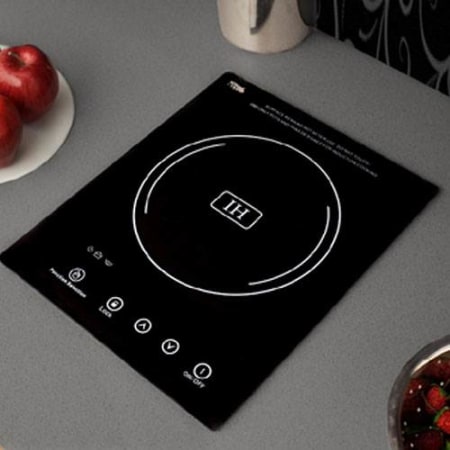DeformedTree
Member
- Joined
- May 19, 2018
- Messages
- 1,397
that wire cutter article is terrible, clearly someone who is so into Gas they can't begin to realize how awful it is.
The NYT has a dumb headline, but isn't so bad. I think the induction cooktops are more common than they think. After all, it's basically something for cooktops, not slide in ranges. Slide in ranges are still massively common, so yeah, not as easy to change. People only change a cooktop as often as they re-do the kitchen. So someone might be waiting 20-30 years till they switch.
On the cookware, I have to wonder how many people don't have iron based cookware. I would expect very few people would have to buy new cookware as almost everyone has Stainless cookware of some form. Only area that can be rough is some specialty cookware. Items like flat griddles tend to be aluminum. Cookware that you don't use very much, so it's often a random cheap item, those are the ones that tend to be aluminum.
The NYT has a dumb headline, but isn't so bad. I think the induction cooktops are more common than they think. After all, it's basically something for cooktops, not slide in ranges. Slide in ranges are still massively common, so yeah, not as easy to change. People only change a cooktop as often as they re-do the kitchen. So someone might be waiting 20-30 years till they switch.
On the cookware, I have to wonder how many people don't have iron based cookware. I would expect very few people would have to buy new cookware as almost everyone has Stainless cookware of some form. Only area that can be rough is some specialty cookware. Items like flat griddles tend to be aluminum. Cookware that you don't use very much, so it's often a random cheap item, those are the ones that tend to be aluminum.

